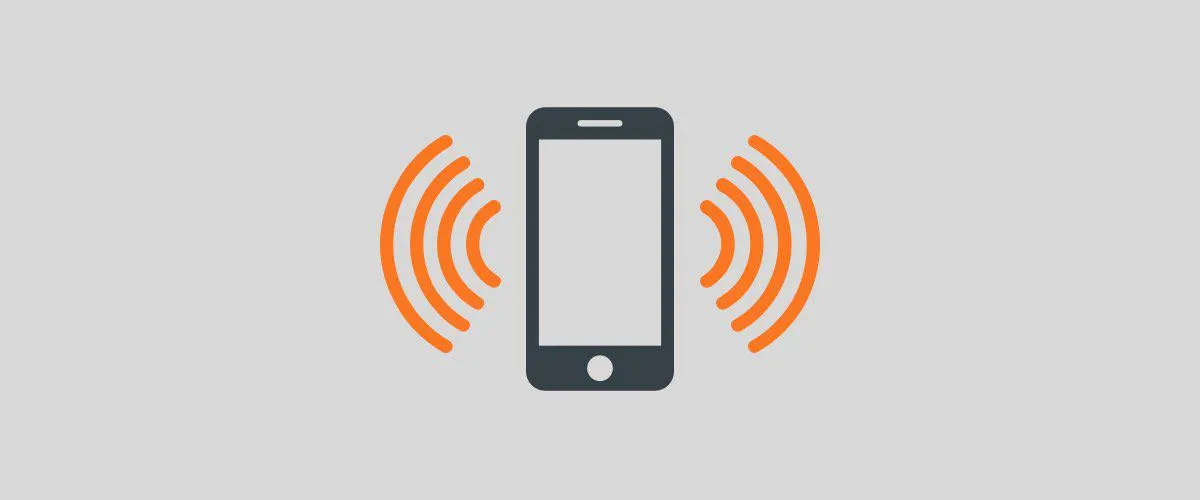Sharing your internet connection can be a great way to ensure that multiple devices can access the web simultaneously. Whether you’re trying to connect your smartphone to your laptop’s internet or sharing Wi-Fi with guests, knowing how to do it efficiently is essential. Below, we’ll cover several methods for sharing your internet connection effectively, along with a comparison chart to help you choose the best option.
Methods to Share Your Internet Connection
There are several methods to share your internet connection, depending on the devices you have and your specific needs. Below are some of the most popular methods:
1. Mobile Hotspot
If you have a smartphone with a data plan, you can easily share your internet connection by turning on the mobile hotspot feature. This method allows other devices to connect to your phone’s internet as if it were a Wi-Fi network.
2. Wi-Fi Connection Sharing on Windows
Windows operating systems have built-in capabilities to share internet connections. You can set up a virtual network that allows other devices to connect to the internet through your computer.
3. Ethernet Connection Sharing
If you have a wired internet connection, you can share it via an Ethernet cable. Connect your device to the internet and then use another Ethernet cable to connect to the second device. This method is reliable and often provides a faster connection.
4. Network Bridging
For advanced users, network bridging allows you to combine multiple network interfaces into a single network. This method can be useful in more complex networking situations.
Comparison Chart of Internet Sharing Methods
| Method | Requirements | Speed | Complexity | Best for |
|---|---|---|---|---|
| Mobile Hotspot | Smartphone with Data Plan | Moderate | Easy | On-the-go sharing |
| Wi-Fi Connection Sharing on Windows | Windows PC | High | Medium | Home or office use |
| Ethernet Connection Sharing | Ethernet Cables | High | Easy | Stable connections |
| Network Bridging | Multiple Network Interfaces | Very High | Advanced | Complex networks |
How to Set Up a Mobile Hotspot
Setting up a mobile hotspot is one of the simplest ways to share your internet connection. Here’s how to do it step by step:
- Open Settings on your smartphone.
- Navigate to the Network & Internet section.
- Find the Hotspot & Tethering option.
- Enable the Mobile Hotspot.
- Configure the hotspot name and password as needed.
- Connect your other devices to the new hotspot using the credentials you set up.
How to Share Internet on Windows
If you are using a Windows PC, follow these steps to share your internet connection:
- Go to Settings.
- Select Network & Internet.
- Click on Mobile hotspot.
- Toggle the switch to enable the mobile hotspot.
- Choose the internet connection you wish to share.
- Connect your devices using the provided network name and password.
Benefits of Sharing Your Internet Connection
Sharing your internet connection offers numerous benefits:
- Cost-effective: Sharing can save you on data charges or additional internet subscriptions.
- Convenience: Easily connect multiple devices without the need for extra equipment.
- Flexibility: Share internet on the go or in a home office environment.
Best Practices for Secure Connection Sharing
While sharing your internet connection can be beneficial, it is important to follow best practices to maintain security:
- Always use a strong password for your shared network.
- Limit the number of connected devices to avoid bandwidth issues.
- Regularly check for unauthorized devices connected to your network.
In conclusion, knowing how to share your internet connection is an invaluable skill in today’s digital age. Whether you choose to use a mobile hotspot, Windows sharing, or Ethernet, there are numerous options available. By understanding the best methods and practices, you can ensure a smooth and secure internet sharing experience. Remember to always prioritize security and monitor your connections for optimal performance.





